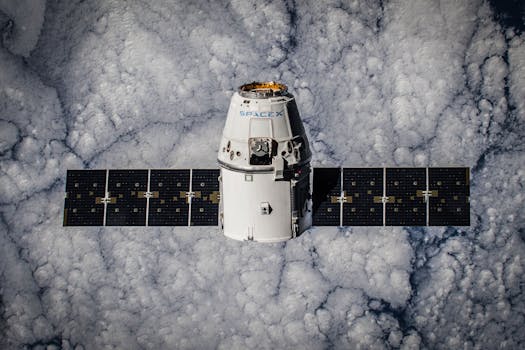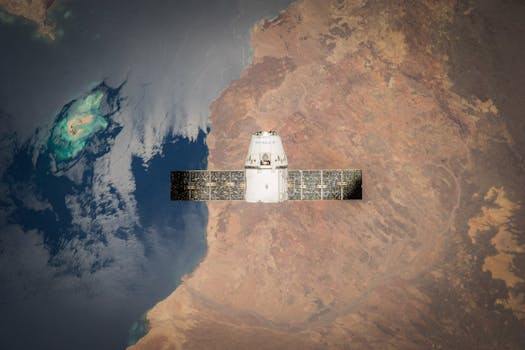Starlink: The Revolutionary Satellite Internet Constellation
Starlink is a satellite internet constellation developed by SpaceX, a private aerospace manufacturer and space transport services company founded by Elon Musk. The project aims to provide global broadband connectivity by launching a network of low-Earth orbit satellites. With its cutting-edge technology and ambitious goals, Starlink is set to revolutionize the way we access the internet.
Introduction to Starlink

Starlink was first announced in 2015, with the goal of providing fast, reliable, and affordable internet connectivity to remote and underserved communities around the world. The project involves launching a constellation of small satellites into low-Earth orbit, which will work together to provide a network of broadband connectivity. Each satellite is equipped with advanced technology, including Hall effect thrusters, navigation systems, and high-gain antennas.
The Starlink satellite constellation is designed to provide a range of services, including internet connectivity, voice over internet protocol (VoIP), and video streaming. The system will use a combination of Ka-band and Ku-band frequencies to provide high-speed internet connectivity, with speeds of up to 1 Gbps (gigabit per second). The satellites will also be equipped with inter-satellite links, allowing them to communicate with each other and provide a seamless network of connectivity.
How Starlink Works

Starlink uses a combination of advanced technologies to provide broadband connectivity. The system consists of three main components: the satellites, the ground stations, and the user terminals. The satellites are launched into low-Earth orbit, where they communicate with the ground stations, which are located around the world. The ground stations then connect to the user terminals, which are small devices that provide internet connectivity to the end-user.
The Starlink system uses a technique called beamforming to provide high-speed internet connectivity. Beamforming involves using multiple antennas to focus a beam of energy on a specific location, providing a high-gain signal that can penetrate through obstacles and provide reliable connectivity. The system also uses advanced modulation techniques, such as quadrature amplitude modulation (QAM), to provide high-speed data transfer.
Benefits and Applications of Starlink

Starlink has a range of benefits and applications, including providing broadband connectivity to remote and underserved communities, supporting emergency response and disaster recovery efforts, and enabling IoT (internet of things) applications. The system can also provide connectivity for maritime and aviation applications, as well as support smart city initiatives.
One of the key benefits of Starlink is its ability to provide connectivity in areas where traditional fiber-optic or cable-based internet connectivity is not available. This makes it an ideal solution for remote communities, such as rural areas or island nations. The system can also provide backup connectivity during outages or natural disasters, ensuring that critical communications infrastructure remains operational.
Challenges and Future Developments

While Starlink has the potential to revolutionize the way we access the internet, there are several challenges that need to be addressed. One of the key challenges is the issue of space debris, as the large number of satellites in the constellation can pose a risk to other spacecraft and satellites in orbit. There are also concerns about the impact of Starlink on the night sky, as the satellites can reflect sunlight and cause interference with astronomical observations.
Despite these challenges, SpaceX is continuing to develop and launch new Starlink satellites, with the goal of providing global broadband connectivity. The company is also working to improve the performance and efficiency of the system, with plans to launch new satellites with advanced technologies, such as more efficient propulsion systems and advanced beamforming capabilities.
See more:



